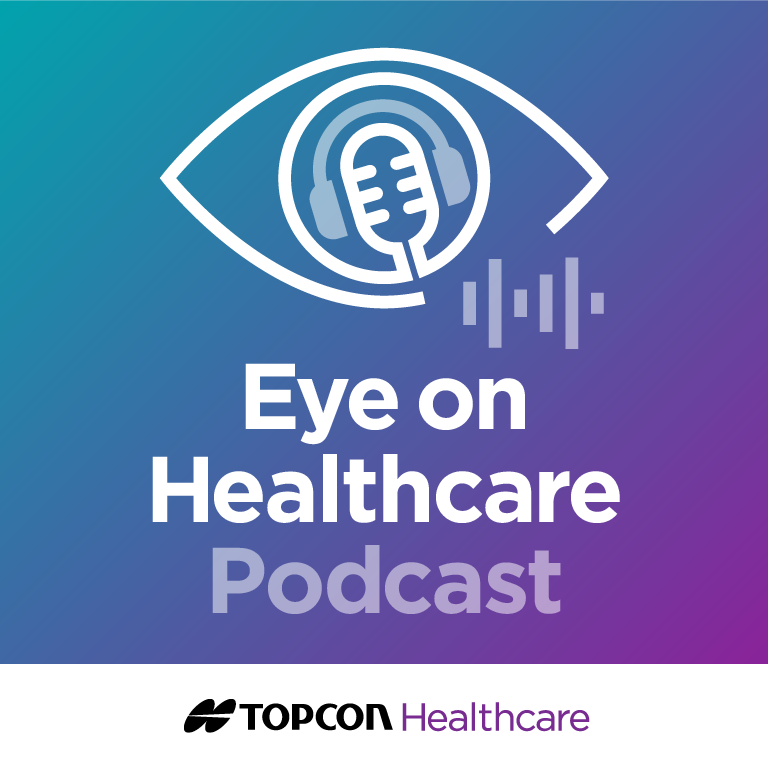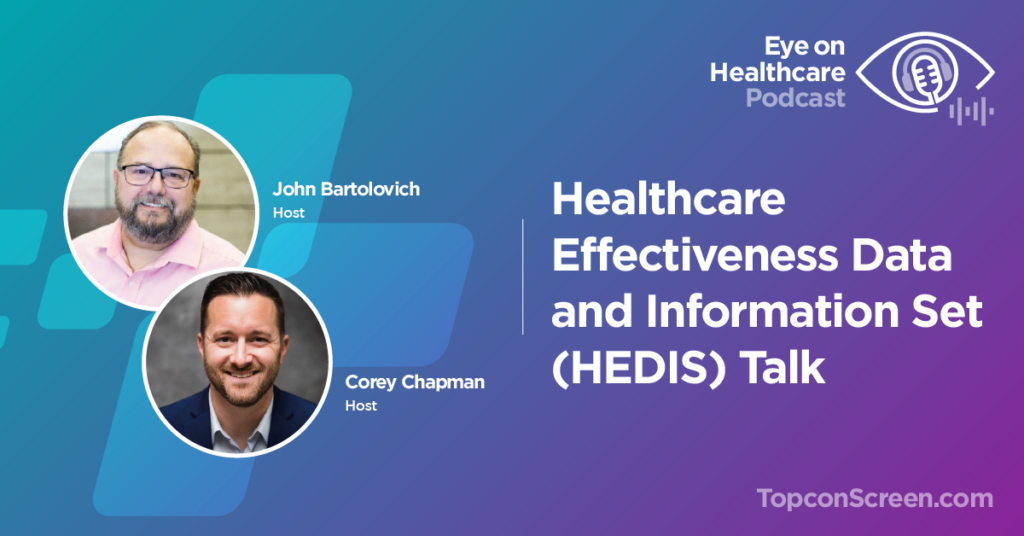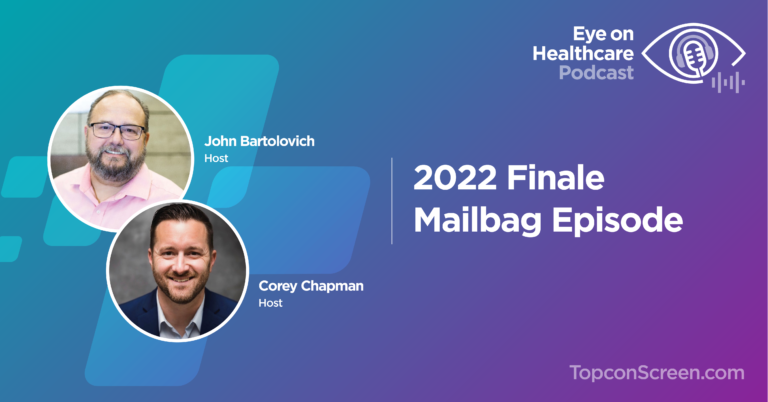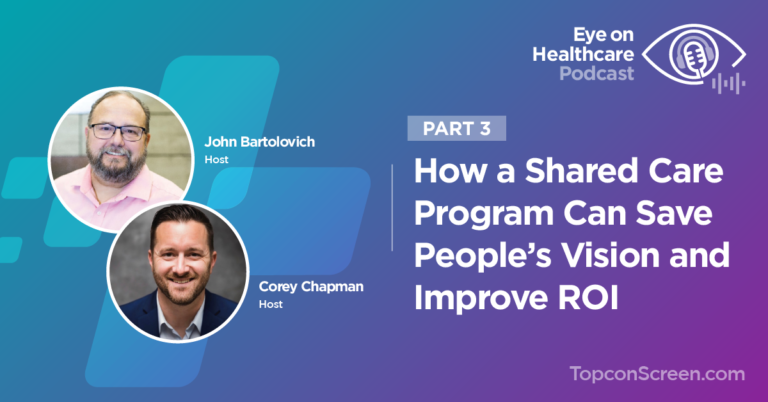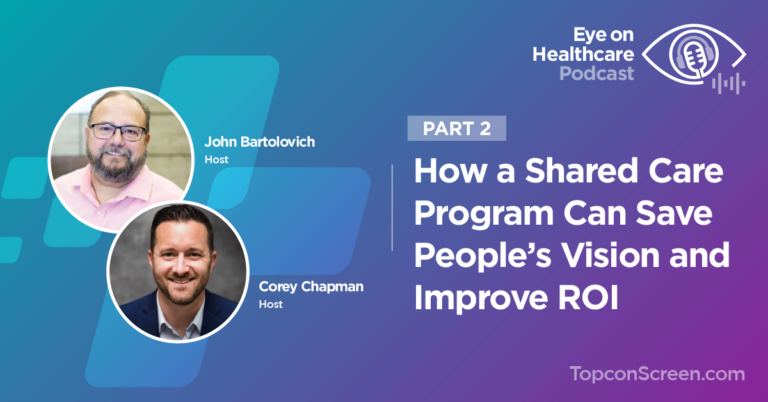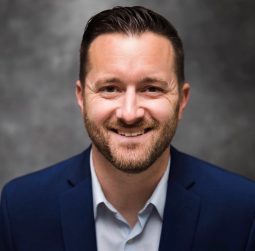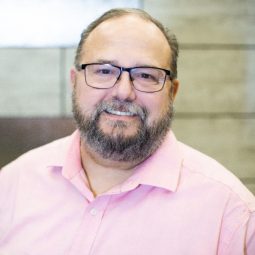Episode Transcript
Corey: Welcome to the Eye on Healthcare podcast! To our subscribers, thank you for your loyalty and to our new listeners, welcome. We are excited to have you. I am your host, Corey Chapman. Now it’s been a while since our last episode and for that we apologize. We are excited to be back providing educational and informational content in and around the health care industry.
I am very excited to introduce my new co-host Mr. John Bartolovich. John is the healthcare economics and reimbursement manager of Topcon Healthcare Solutions. John’s been in the eye care space for 10 years including roles in sales and marketing. John is also a certified healthcare financial professional as well as certified in business intelligence by HFMA. In John’s current role, he’s researching the complexities around healthcare economics and population health.
And if that’s not all John also recently hosted a webinar, “How diagnostic telemedicine solutions improve eye care results within the diabetic population”. Welcome John.
John: Thanks Corey. It’s great to be here and to be part of the Topcon team.
Corey: Great to have you. Today’s topic is HEDIS. Now John. What is HEDIS and why is it important?
John: I think when we discuss HEDIS let’s start with where HEDIS comes from. HEDIS is part of a set of measures and programs that were developed by the National Committee for Quality Assurance. This committee was founded in 1990. It’s an independent committee, so there’s no government oversight and their whole responsibility for being is to improve healthcare through evidence-based standards, measures and programs and accreditation.
HEDIS is one of those programs. HEDIS stands for healthcare effectiveness, data and information set. It is a registered trademark of NCQA.
191,000,000 patients are in plans to report HEDIS results, Corey. I mean, it’s over half of the US population and the HEDIS measures encompass 90 core care measures across 6 domains.
Corey: That’s a lot! OK, OK, so there were recent changes around comprehensive diabetic care measures going into 2022. Can you explain that?
John: Sure. The current measure set is listed as CDC comprehensive diabetic care, and it encompassed blood pressure control for diabetics, eye exams, which are considered to be one of the most difficult measures for practices to attain. Historically less than 50% of diabetics have this exam done annually, as is recommended. Also encompasses hemoglobin A1C screenings, specifying control levels at less than 7%, less than 8%, greater than 9%, and also has a kidney or medical attention for nephrology. These are all combined into one all-inclusive measure. So moving into 2022, the NCQA and their stakeholders looked at this and said, you know, we’re probably in better position if we split these measures out as it’s going to add value to the long term maintenance and these distinct components of diabetes care. So what they’ve done is they’ve broken out kidney function testing again, it’s its own measure now, and there are three separate and distinct measures, for diabetics, the first being HBD hemoglobin A1C control for patients with diabetes, and they’re looking at control levels of less than eight in greater than 9%.
Second one would be blood pressure control for patients with diabetes, and there again, this is, you know, making sure that the that blood pressure is controlled and in line with where it needs to be and then the last measure is EED or the eye exam for the diabetic patient.
Corey: OK, so that’s a lot of information. I’m just trying to picture. If I’m a PCP that’s struggled with closing this eye exam measure in the past, how would I view these changes?
John: should be viewed as a positive change and the reason for that is, again, prior to this we had seven measures rolled into one and you could be doing a great job on a couple of these measures. It completely misses on a couple and that could affect your thresholds. Now having three distinct measures that are all really should be focused on point of care testing. Hemoglobin A1C currently done in the office, blood pressure currently done in the office, and eye care exam can be done as a point of care test within the office.
This allows the practice to really put a focus on those three measures, and when you consider that their significant Medicare or financial advantages and incentives for providers and insurers alike, if they see certain thresholds it can be very significant for the practice.
Corey: So, in your opinion, where these measures separated so more of a focus could be put on the eye exam measure? we know that payers and practitioners have told us that the eye exam is one of the hardest measures to hit
John: correct. I can’t speak specifically to if the eye exam was one of the primary reasons. What DNCQA advisory panel and their stakeholders did say was it does add more value to separate these out for long term maintenance of diabetes care. They also felt that the grouping of the indicators made it difficult to maintain these components overtime. They considered that the eye exam was the only one of the HEDIS measures that have stratified based upon socioeconomic status.
And that made it very difficult to do and complicated to record in the combined measure set. And then lastly, it was a challenge to have distinct measures that EMR’s when it was a combined measure.
Corey: So how do you think payers and health systems will react to these changes in 2022?
John: Again, I think it’s going to be extremely positive because again, the entire premise behind HEDIS is preventative care, and that’s what these three measures focus on. Preventative care improves health care at the number of office visits drop. The number of office visits drop. Patient experience better outcomes and with better outcomes were decreasing utilization, which the insurance companies are going to love. But we have healthier patients, which is the most important thing that we should be concerned with.
Corey: Yep, that’s the goal. OK, well this has been very informative. John. If listeners want to get in touch with you to learn more about this, how can they find you?
John: My email address is [email protected]
Corey: we will have a link to that in the show notes as well. John thanks so much for joining this week or we’ll catch up again next time.
John: Fantastic looking forward to it.
Corey: Thanks so much.

